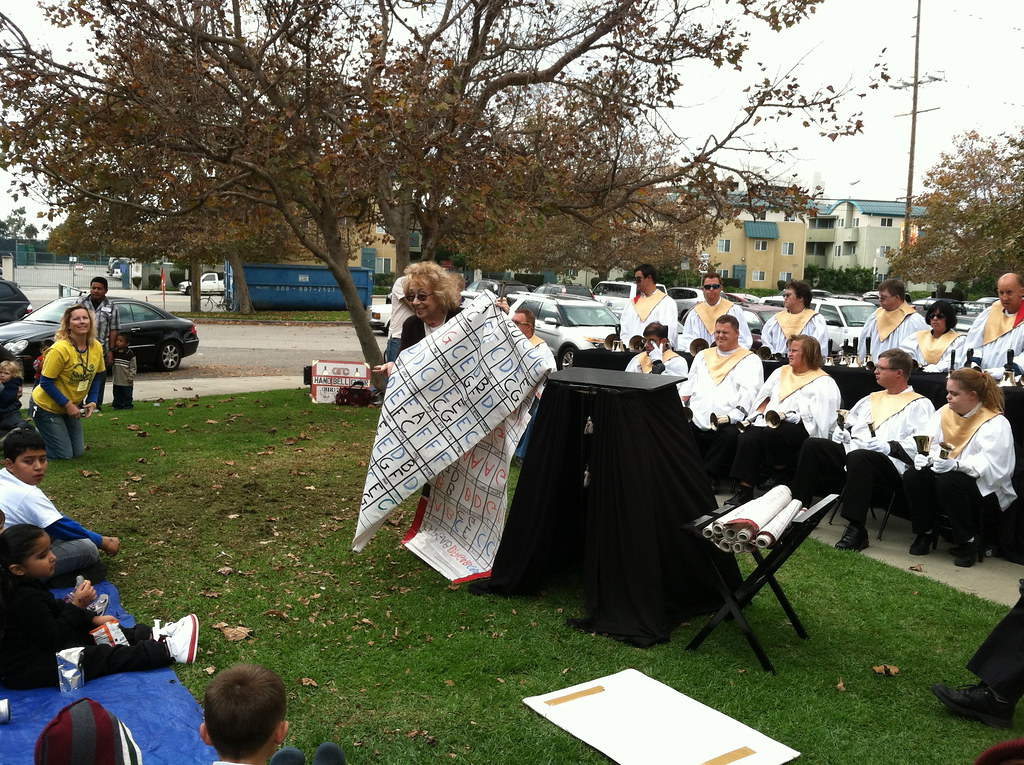 [visual description: a portrait of composer John Stanley, apparently in middle age, wearing a white powdered wig and a brass-buttoned coat; his eyes are noticeably scarred]
[visual description: a portrait of composer John Stanley, apparently in middle age, wearing a white powdered wig and a brass-buttoned coat; his eyes are noticeably scarred]Born on this date 300 years ago today, in London, English composer John Stanley (best click that link before or after Wikipedia goes dark on 18 January). Stanley was blind after a fall in early childhood. The boy turned out to be a musical prodigy while studying with the organist at St. Paul's Cathedral, and, at age 11, was appointed organist at All Hallows Church in Bread Street, a paid position. At fourteen he became organist at St. Andrews in Holborn, and at age 17 he completed a Bachelor of Music degree at Oxford.
Stanley married his copyist's sister, Sarah, a sea captain's daughter. He spent most of his career as organist to the Society of the Inner Temple. Handel was a frequent visitor to the church, to hear Stanley play. The admiration was returned: Stanley directed many Handel oratorios. Stanley's own baroque compositions were many and varied, from an opera to three volumes of organ music. (There are audio files of several Stanley compositions for organ at this site.) He was also elected governor of a Foundling Hospital, which mostly involved his advising the staff on hiring music teachers, and organizing fund-raising concerts.
Stanley's auditory memory and sensitivity were much remarked upon: it was reported that he never forgot a voice, and that he could judge the size of a room by sound. He also, apparently, had an adapted set of playing cards, with tactile markings at the corners, so that he could play whist with guests. Unfortunately for historians of such things, his family auctioned off all his possessions within weeks after he died, including his manuscripts and instruments.
Here's a YouTube video (which is really only a still image of an album cover) of John Stanley's Allegro (V) from Concerto op.2 no.1 in D Major:
I haven't discovered if there are any events marking his 300th birthday, but now we've marked it at DS,TU, anyway. And this early music editor blogger plans to produce some editions of Stanley's concertos this year.
BUT WAIT, THERE'S MORE!
In comments, Sue Schweik added the very exciting news that a UC-Berkeley musicology student, John Prescott, recently completed a dissertation about John Stanley.















